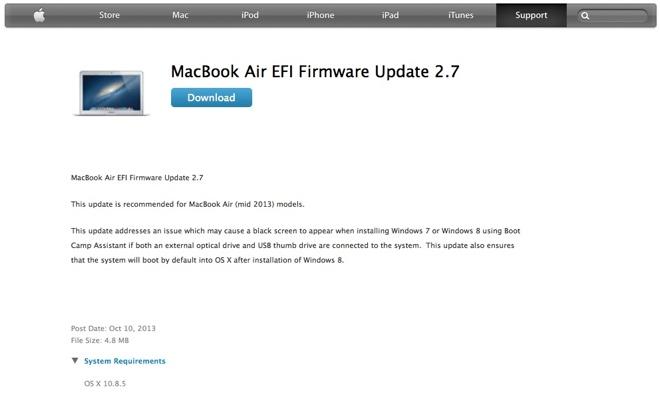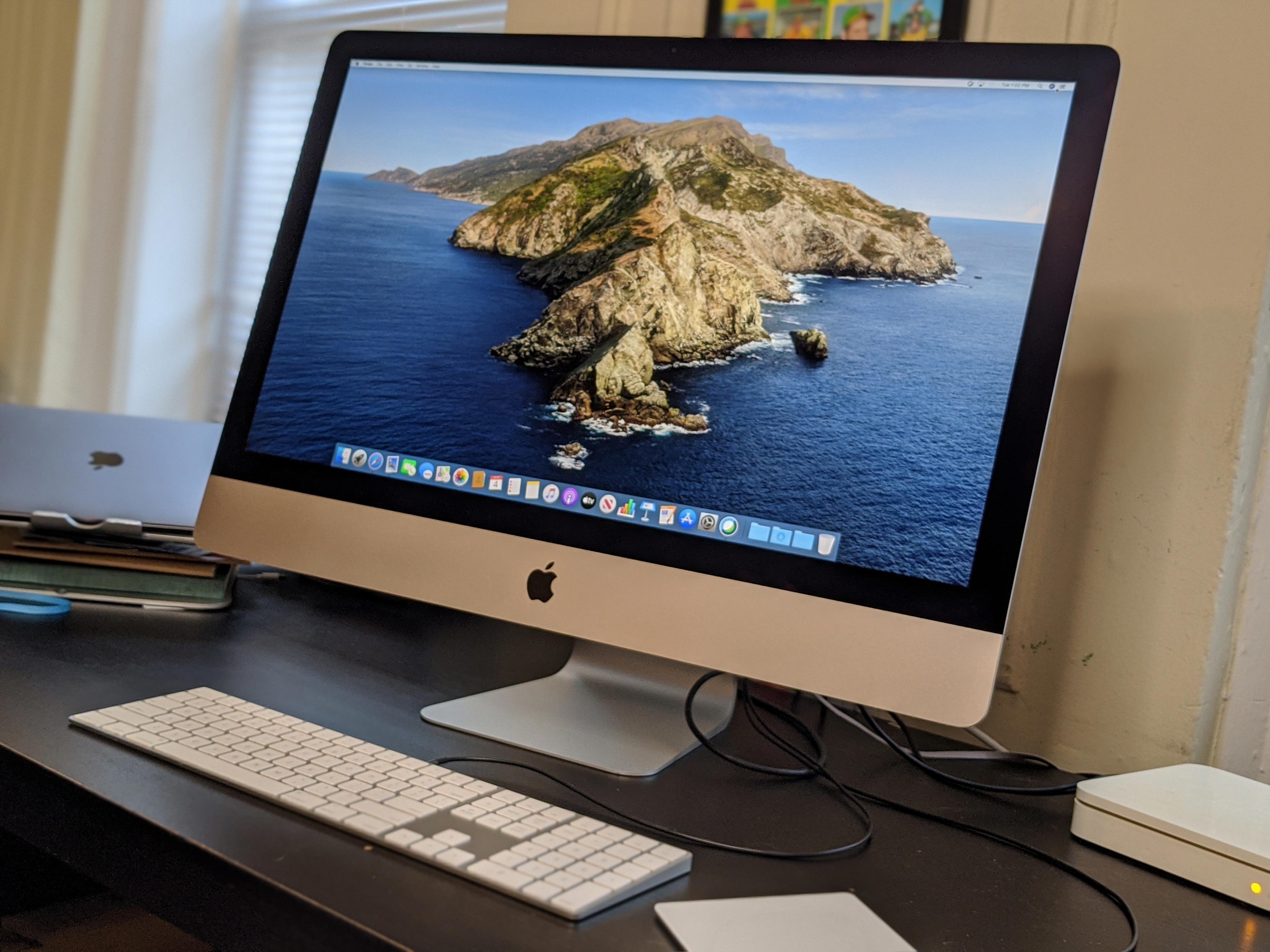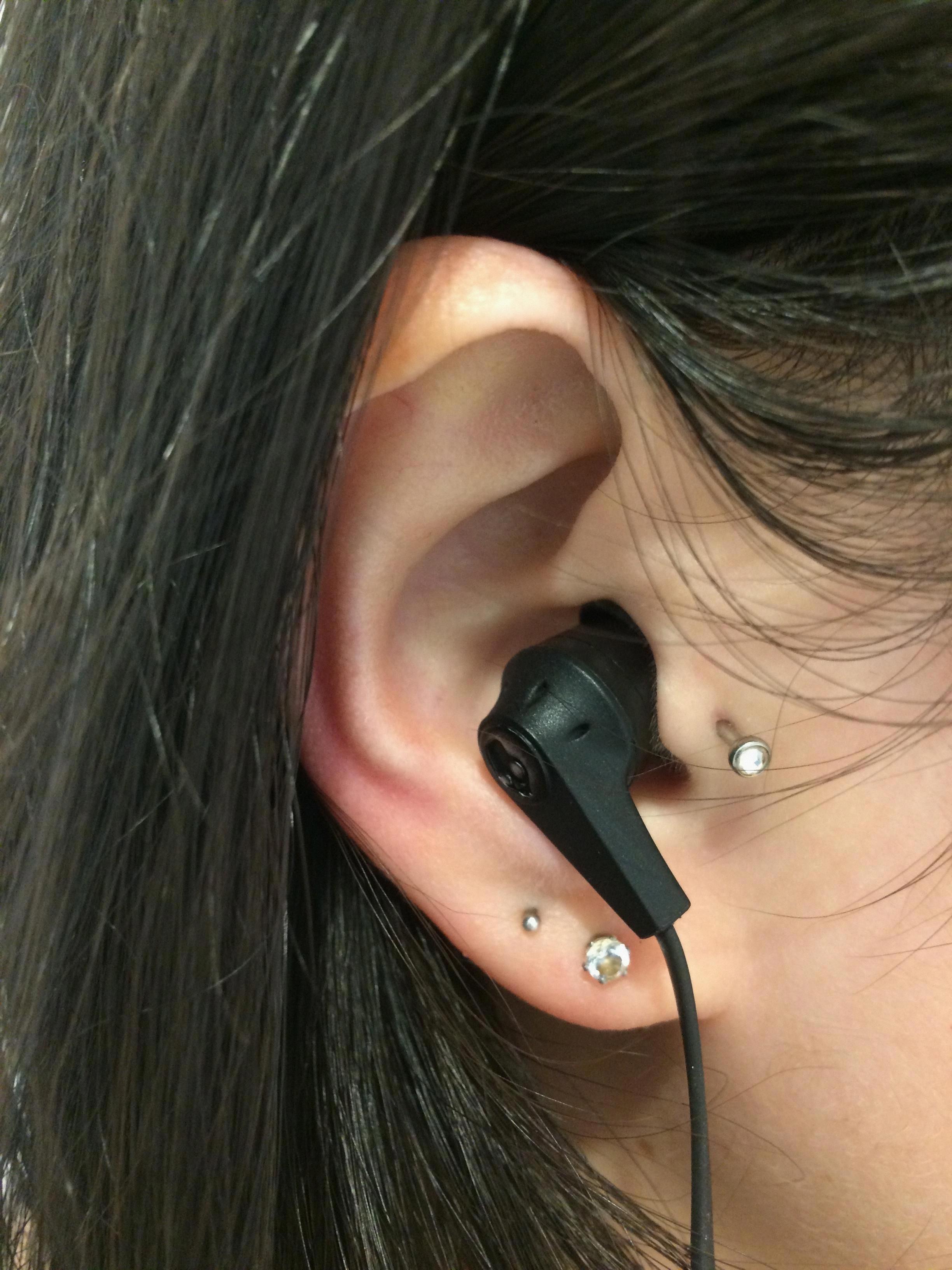The Macbook Air is one of the most popular laptops on the market, offering portability and power in a slim and lightweight design. However, as with all tech products, it is important to keep your Macbook Air up to date with the latest firmware. This article provides a step-by-step guide on how to update your Macbook Air’s firmware.
First and foremost, you need to ensure that your Macbook Air is connected to a stable internet connection. Then, open the Apple menu in the upper left corner of your screen and select “System Preferences” from the drop-down menu. Next, select “Software Update” from the System Preferences window. If an update is available for your device, it should appear in this window.
Click “Install Now” if you see an available update for your Macbook Air’s firmware. You can also click “More Info” for additional information about the update and its changes before you install it. Once you click “Install Now”, follow any on-screen instructions that appear and wait for the process to complete. Depending on your internet speed and the size of the download, this may take some time so be patient!
Once you have successfully installed the latest firmware version onto your Macbook Air, restart your device by selecting “Restart” from the Apple menu > Shut Down option or pressing the Control + Command + eject/power button simultaneously. After restarting your device, open System Information (by typing ‘System Information’ into Spotlight) and check that it now shows the new firmware version you just installed under the Firmware Version section located at top of the window. Congratulations! You have successfully updated the firmware on your Macbook Air!

Identifying the Firmware Version of a Macbook Air
To determine the firmware version of your Macbook Air, open the Apple menu in the upper-left corner of your screen and select ‘About This Mac’. On the resulting window, click on the ‘System Report…’ button. In the Hardware Overview section of the System Information window, look for either Boot ROM Version or System Firmware Version. This will tell you what firmware version your Macbook Air is currently running.
Resetting Firmware on a Macbook Air
Resetting the firmware on your Macbook Air is a simple process. First, shut down your laptop and then press and hold down Command-Option-P-R for about 20 seconds. This will reset the system’s firmware to its factory settings, which can help resolve any issues that may be caused by corrupt or outdated firmware. After you let go of the keys, allow your Macbook Air to continue starting normally.
Location of IOS Firmware on Mac
The iOS firmware is stored in the IPSW folder on Mac. The IPSW folder is located in the ~/Library/iTunes/ directory. You can find it by pressing Shift+Command+G in Finder, then entering the directory path. This folder contains all of the iOS versions for your device, so you can use them to restore or re-use existing firmware or create custom firmware.
Troubleshooting Software Update Issues on Mac
If your Mac isn’t displaying any available software updates, first try restarting the Mac, as this can often trigger the system to recognize any new updates. If that doesn’t work, you can manually check for updates by going to the App Store app and clicking on the Updates tab. If there are any available updates, you can install them from here. If manual checking doesn’t yield any results, you may need to run a diagnostic tool such as Apple Diagnostics or Apple Hardware Test to make sure your Mac’s hardware is functioning correctly. If there are no hardware issues, it might be necessary to reinstall the macOS operating system from a USB installer drive or use internet recovery if you’re unable to create a bootable USB drive.
Updating a Mac When It Will Not Update
If your Mac won’t update, don’t worry! There are several steps you can take to troubleshoot this issue and get it running smoothly again. First, ensure that there is enough storage available on your device. If there isn’t enough space for the update, try deleting some of your files or freeing up space another way. Then, restart your Mac to ensure that any stuck processes are cleared and the system is ready for an update.
Next, make sure your Wi-Fi connection is turned on and try connecting to a different network if you have one available. You can also check the Apple System Status page to see if any server errors might be preventing the update from completing. If so, wait until the issue is resolved before attempting the update again.
If none of these solutions work, resetting the NVRAM (non-volatile RAM) will often help clear out any stuck processes that might be preventing an update. To do this, restart your Mac and hold down Command + Option + P + R until you hear a second startup chime.
If that doesn’t work either, try booting into Safe Mode by holding down Shift while restarting and running through the configuration process once it boots up. This will help reset certain settings which may be causing issues with updates. Additionally, using a Combo Update package instead of just a regular software update can also help troubleshoot any issues you’re having with updating your Mac. Lastly, make sure that your date and time settings are set to automatic so they always remain accurate when checking for updates.
Following these steps should help resolve most issues with updating your Mac successfully – good luck!
Conclusion
In conclusion, the Macbook Air is a great choice for anyone looking for a lightweight and powerful laptop. It has an impressive battery life, a fast processor, and a sleek design that won’t weigh you down. It also offers excellent value for money and is one of the best laptops on the market today. The Macbook Air is an ideal choice for students, professionals, and anyone who needs a reliable machine that can keep up with their busy lifestyle.








